Last month, we posed the question: do more Birkins mean higher earnings? Now we seem to have an early answer.
Hermès reported its quarterly sales on Thursday, which are nothing short of stellar! Our beloved brand’s profits climbed 11% in the first quarter—and 15% in leather goods and saddlery—outperforming experts’ estimates. Along with announcing its rising revenue, The Business of Fashion reported, Hermès revealed plans to continue its 2016 expansion, upping leather goods production by 8% and hiring 250 new workers in France this year as demand from Asia escalates. (Hermès had 7,881 domestic employees in 2016).
Hermès is also investing in a third leather production site in the Franche-Comte region, which will be its 15th domestic leather workshop. Despite the country’s short workweek and tight labor laws, the brand still chooses to produce all leather goods in France. This, coupled with the fact that “the average bag takes them 16 hours to make,” according to CEO Axel Dumas, makes for slightly challenging production timelines. As Dumas put it, “We work 35 hours in France, so you can imagine.” Yet the decision to remain domestic is rewarding, and not simply for maintaining Hermès’ heritage—many foreign buyers are drawn to the “Made in France” label.
Hermès’ first-quarter success follows a year of growth and expansion, when Hermès enjoyed a record annual profit and increased production capacity at three sites in France. Although the company warned of a shaky 2016, its $1.2 billion profits quickly quelled its fears. Like the first quarter of 2017, Hermès’ success in 2016 relied heavily on the leather division, which accounts for about half of the brand’s overall sales. We’ve speculated before that the expansion in the leather division has resulted in the rise of “exclusive” bags, such as the Birkin, Kelly, and Constance (read: Is Hermes Still Playing Hard To Get?).
Although more readily available iconic bags may hurt the luxury leader’s claims of exclusivity, the resulting profits are undeniable—at least in the short term. The increase in production also makes the company a stalwart in the French economy, especially in times of political and economic turmoil (the current unemployment rate is 10%). Overall, the luxury fashion industry as a whole has gained strength this year after a generally weak 2016, but Hermès’ success is unique and is particular to the brand, its heritage, and its direction.
What do you think of the changes in Hermès’ production capacity? Should the company increase its leather production? Are these gains temporary or here to stay? Come join the incredibly lively conversation we’re having on Instagram!
Read related news articles:
More Birkins Means Higher Earnings?
Total Eclipse of Luxury
Is Hermes Still Playing Hard To Get?
Hermes Sales Steadily Rise Due to Growth in China
Hermes Sales Decline Despite Ambitious Goals
Hermes Weathers the Luxury Storm… For Now
Luxury 2016: The Year of the Struggle
Love PurseBop
XO
Updated: June 1st, 2017

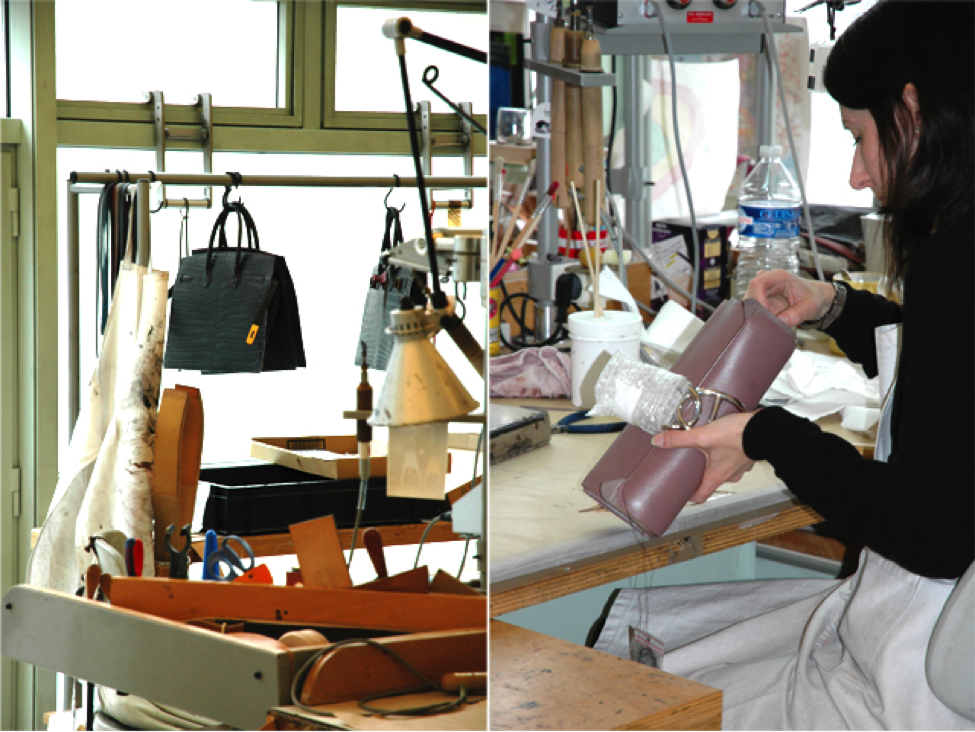
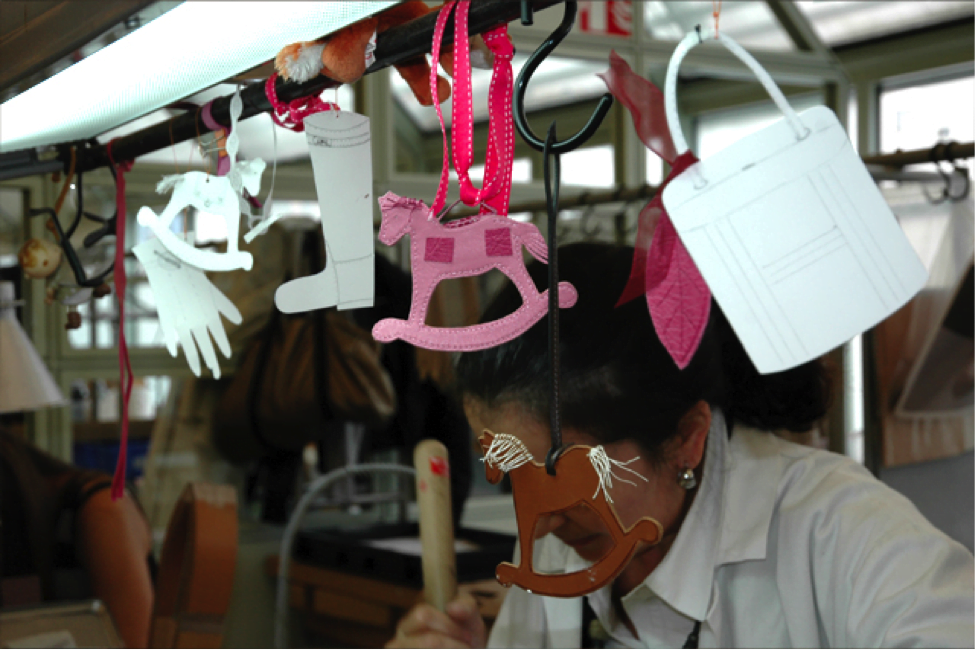
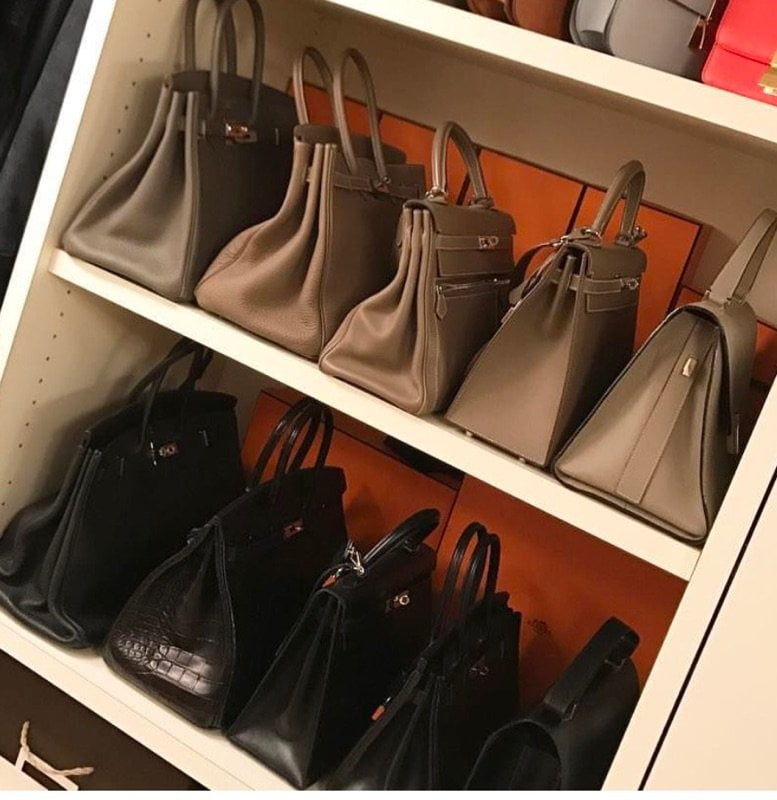


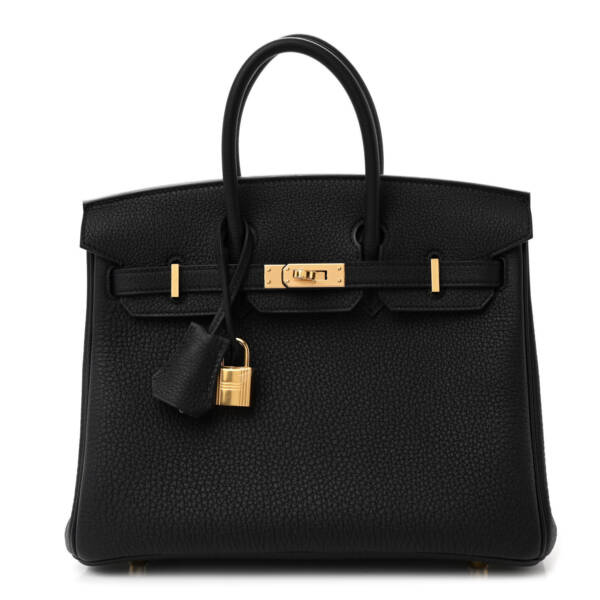
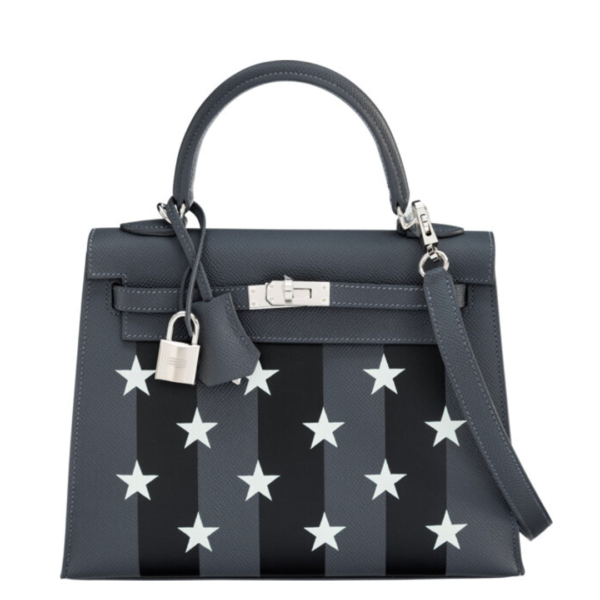
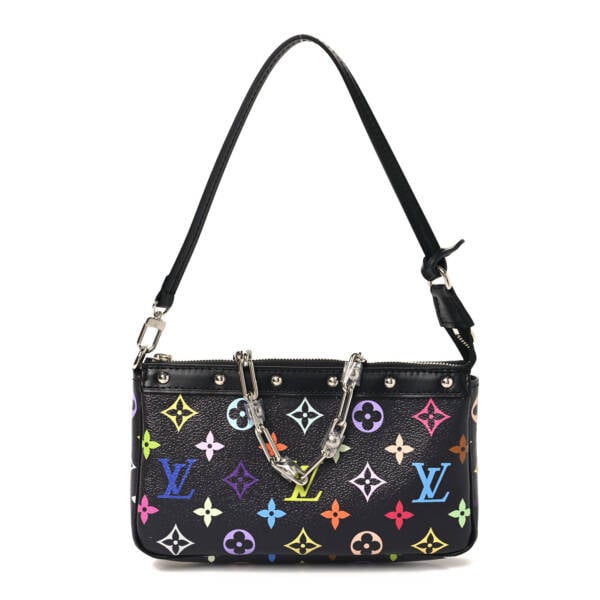
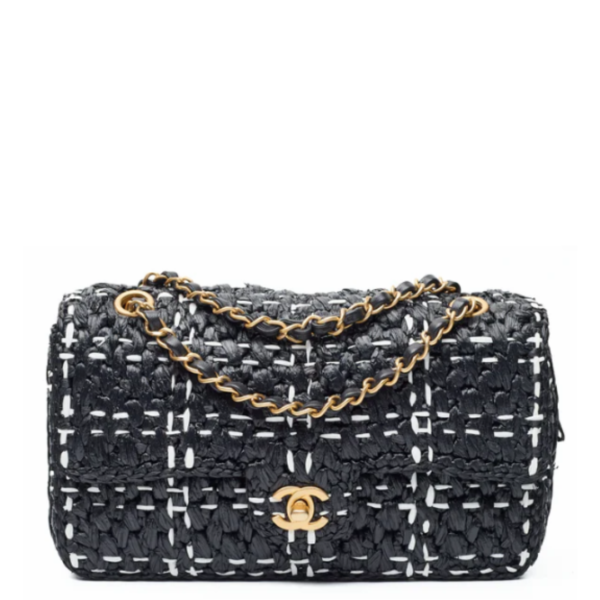
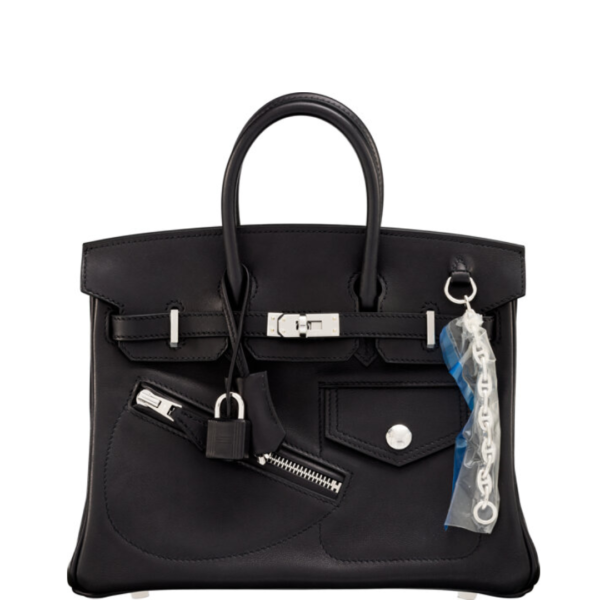
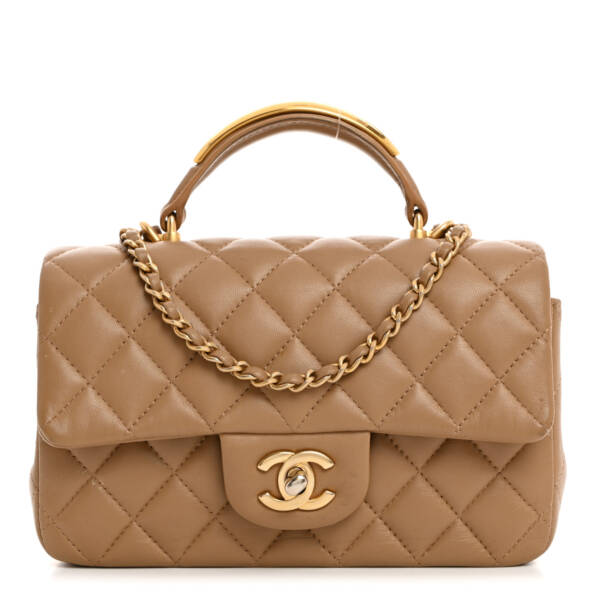
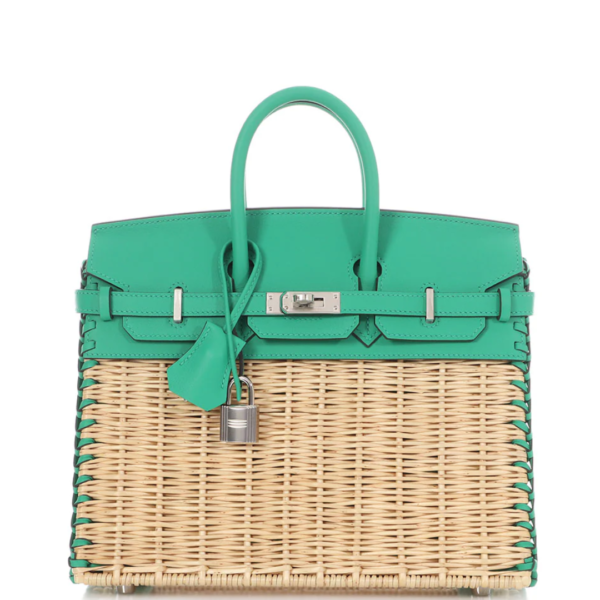
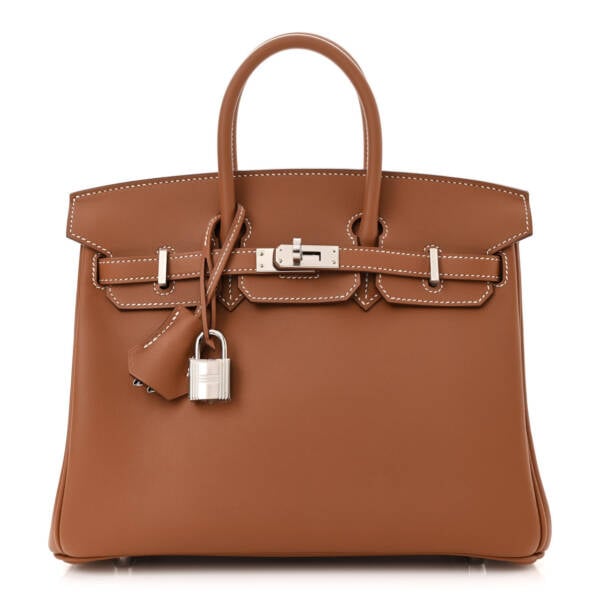
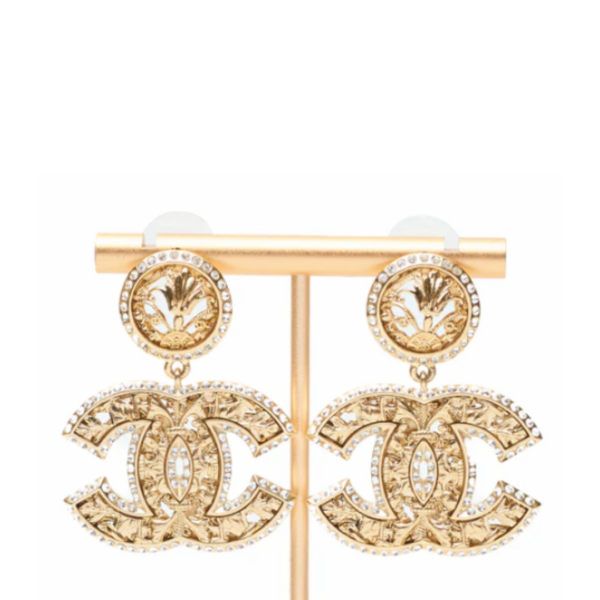




Comments
2 Responses to “More Birkins, More Revenue (For Now?)”
Unfortunately more production and supply diminishes the resale value! This it won’t be as good of an investment!
Hermes just need to do some serious sales and inventory analysis and improve on their country allocation. I don’t think that they have a shortage of bags. In the past year, you walk into a store and see tons of bags and SLGs, even the used to most sought after Kelly wallets are there. It is just the Constance, Bs & Ks that they are still short. I would think that increasing availability would lose the cachet of owning one of these bags and would dilute brand value.